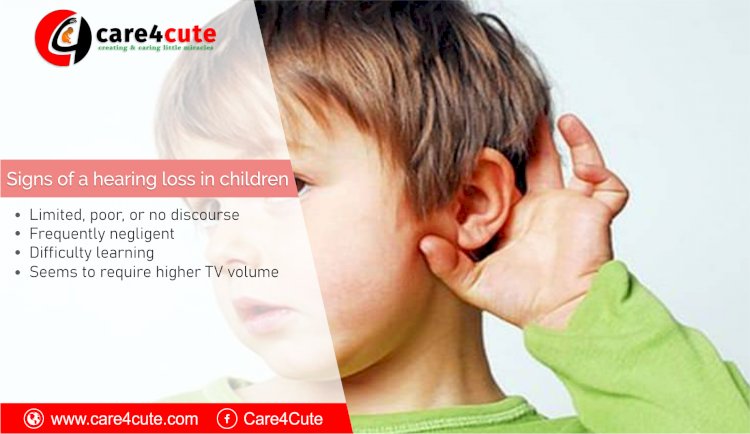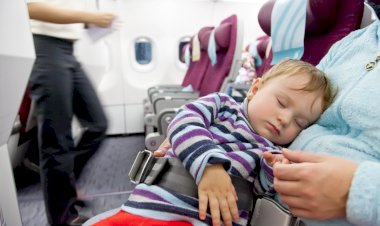Hearing Screening: Is It Really Necessary For Every Child?
What is a newborn infant hearing screening program? And why it is really necessary for every child.

Most youngsters hear and tune in to sounds during childbirth. They figure out how to talk by mirroring the sounds they hear around them and the voices of their folks and guardians. In any case, that is not valid for all youngsters. Truth be told, around a few out of each 1,000 youngsters in the United States are brought into the world with distinguishable hearing misfortune in one of the two ears. More lose hearing later during youth. Kids who have hearing misfortune may not learn discourse and language just as youngsters who can hear. Hence, it's critical to recognize deafness or hearing misfortune as right on time as could be expected under the circumstances.
Research has shown that discovery and mediation for hearing misfortune before a half year of age bring about fundamentally preferable results over intercession following a half year of age. Accordingly, infant hearing screening has turned out to be general in medical clinics over the United States and kids with hearing misfortune are being recognized and treated at a lot more youthful ages.
Reasons for Hearing Loss
Hearing misfortune is a typical birth imperfection, influencing around 1 to 3 out of each 1,000 children. Albeit numerous things can prompt hearing misfortune, about a fraction of the time, no reason is found.
Hearing loss can occur if a child:
- was born prematurely
- stayed in the neonatal emergency unit
- had infant jaundice with bilirubin level sufficiently high to require a blood transfusion
- was given prescriptions that can prompt hearing misfortune
- has relatives with youth hearing misfortune
- had certain confusions during childbirth
- had numerous ear contaminations
- had contaminations, for example, meningitis or cytomegalovirus
- was presented to noisy sounds or clamors, even quickly
Symptoms of a Hearing Loss
Regardless of whether your infant passes the consultation screening, keep on looking for signs that the conference is typical. Some meeting achievements your tyke should reach in the primary year of life:
- Most babies frighten or "hop" to unexpected noisy commotions.
- By 3 months, a child as a rule perceives a parent's voice.
- By a half year, a child can generally turn their eyes or head toward a sound.
- By a year, a child can more often than not mimic a few sounds and produce a couple of words, for example, "Mother" or "bye-bye."
Also Read - Routine eye checkup of children: why and when?
As your baby grows into a toddler, signs of a hearing loss may include:
- limited, poor, or no discourse
- frequently negligent
- difficulty learning
- seems to require higher TV volume
- fails to react to discussion level discourse or answers improperly to discourse
- fails to react to their name or effectively disappointed when there's a ton of foundation clamor
Also Read - World Deaf Day
How is the newborn hearing screening done?
As indicated by the latest Centers for Disease Control and Prevention (CDC) information, over 98% of infants in the United States get infant hearing screening.
There are two screening techniques that might be utilized:
• Automated Auditory Brainstem Response (AABR)— This screen estimates how the consultation nerve and mind react to sound. Snaps or tones are played through delicate headphones into the child's ears. Three cathodes set on the child's head measure the meeting nerve and mind's reaction.
• Otoacoustic Emissions (OAE) — this screen estimates sound waves created in the internal ear. A modest test is set simply inside the child's ear trench. It quantifies the reaction (reverberation) when snaps or tones are played into the infant's ears.
The two screens are snappy (around 5 to 10 minutes), effortless, and might be done while your infant is resting or lying still. One or the two screens might be utilized.






































Comments (0)